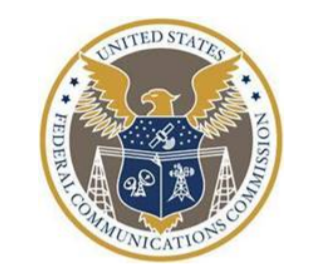The FCC released a guide for small businesses, nonprofits and small government agencies to comply with the Commission’s amended RF exposure limits adopted under the National Environmental Policy Act (NEPA). In 2019, the FCC simplified the rules for determining compliance with its existing RF exposure limits. At the time, the agency said the current limits are sufficient to protect the public, Inside Towers reported.
The agency provided more efficient, practical, and consistent RF exposure exemption criteria, evaluation procedures, and mitigation measures in 2019. The changes were meant to help ensure compliance and reduce the burden from misinterpreting the rules. These changes alone should not significantly affect most small entities, according to the FCC. However, manufacturers and operators of RF devices and transmitters must comply.
While the rules state – as a NEPA processing requirement – that a formal Environmental Assessment must be submitted when the exposure limits are to be exceeded, the FCC said the wording was not intended to suggest that exposure over these limits could be allowed with the submission of an Environmental Assessment. The Order included three major sections: (A) Exemptions from the RF exposure evaluation requirement, (B) Evaluation of RF exposure, and (C) Mitigation measures to ensure compliance with exposure limits.
The Order also clarified responsibility at multiple transmitter sites. In general, if the Commission finds that a multiple transmitter site exceeds the applicable RF exposure limit, corrective actions are the shared responsibility of all licensees whose RF sources produce, at the area in question, levels that exceed five percent of the applicable exposure limit proportional to power. However, where a new or modified facility has put a previously-compliant site out of compliance, the licensee of the new or modified facility is solely responsible for any compliance and any enforcement action that may occur.
Members of the public and small entities that operate or provide space for transmitters should be informed about practices that may result in exposure over the limits. “For example, a WiFi access point or utility “Smart Meter” may be authorized for use only at distances greater than 20 centimeters (approximately 8 inches) from all persons and this requirement needs to be effectively communicated to both the installer and consumer,” states the agency in the compliance guideline. “Similarly, owners of buildings and towers that host transmitting antennas are encouraged to cooperate with the efforts of licensees to limit access to areas exceeding the Commission’s RF exposure limits.”
The changes were effective as of May 3. A two-year period for licensees and operators of existing facilities and operations to verify and ensure compliance with the amended rules also began on that date. As of May 3, 2021, all new facilities and operations (such as broadcast transmission facilities and wireless base stations), including facilities deployed and operating under existing license authorization whose construction and operation is completed on or after that date, must comply with the amended rules. All other licensees and operators of existing facilities and operations will have until May 3, 2023, to ensure they’re in compliance.





Reader Interactions